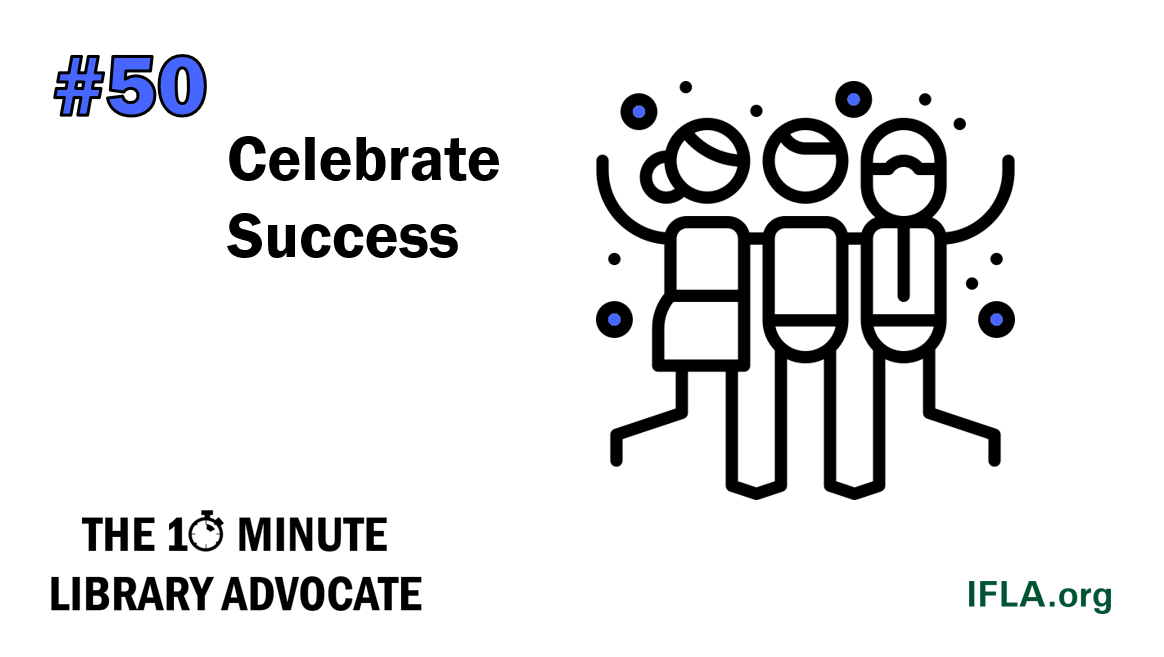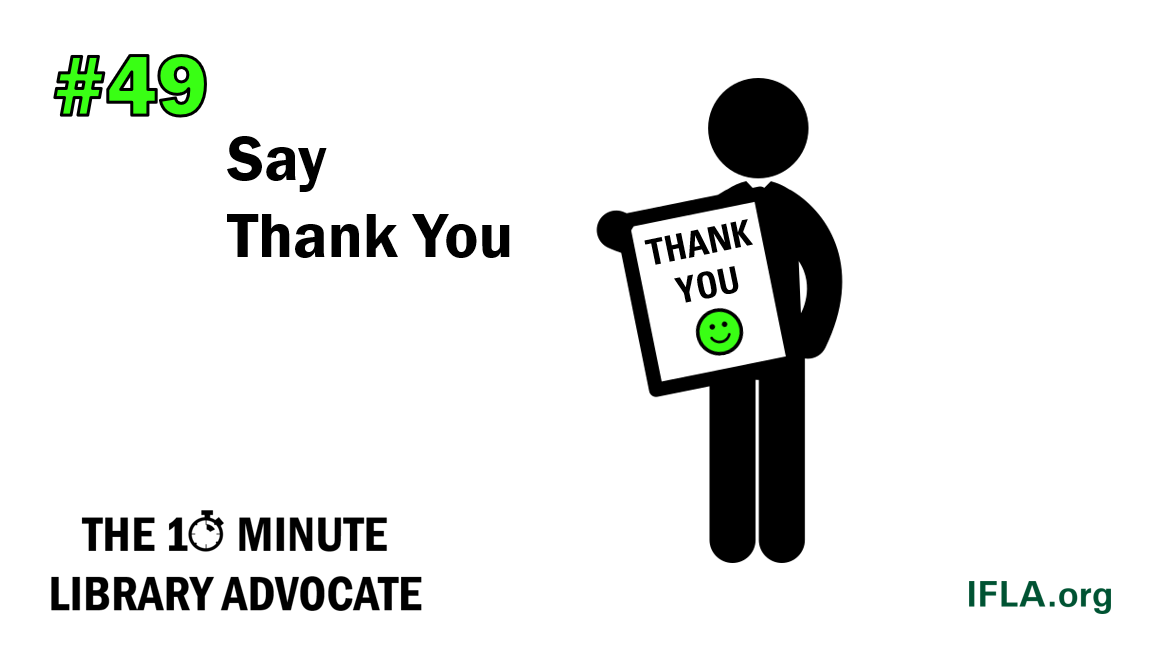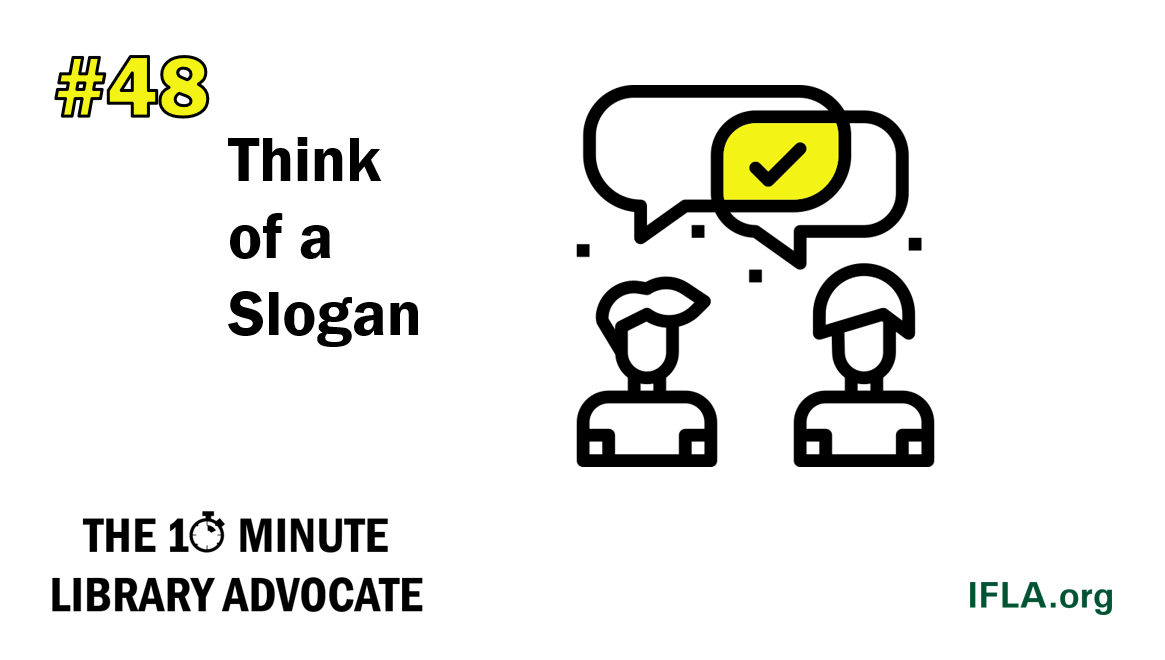In December 2019, the United Nations Development Programme launched a new instalment of the Human Development Report. This year, the report focuses on inequalities in human capabilities – freedoms and abilities to choose “what to be and do”, from meeting basic needs in shelter and nutrition to accessing high-quality education.
Libraries have an important role to play in aiding and accelerating development – particularly in supporting vulnerable and marginalised populations. That is why several messages and suggestions laid out in the 2019 report are relevant for the work libraries around the world are doing today.
1. The crisis in learning: advances in access to education (especially primary school education) have not seen a corresponding progress in learning. More needs to be done to address the learning crisis and improve literacy and numeracy
While marked inequalities in access to education remain, more than 90% of children do receive some schooling today. Yet, by the end of primary school, less than 50% of students worldwide develop appropriate literacy and numeracy skills. Children from disadvantaged backgrounds can be affected the most by this learning crisis: they can receive fewer years of schooling and learn less during those years. This can profoundly impact their future opportunities and prospects.
As such, the report highlights that focusing on educational and learning outcomes requires, among others, “investing in children’s mastery of basic concept” and “combining overall improvements with targeted interventions for groups that are especially disadvantaged”.
What does this mean for libraries? Accessible and well-sourced libraries can be a powerful tool in promoting reading and literacy among school children, especially from marginalised and vulnerable backgrounds. They already feature in a number of national literacy strategies – and more information can be collected on what roles libraries can take on and how to best realise their full potential.
Libraries also often offer early childhood (pre-school) and lifelong learning opportunities, both of which the report highlights as powerful ways to promote equitable learning outcomes and reduce inequalities.
2. There are substantial gaps in access to empowering technologies such as computers and broadband. Public access in libraries and similar facilities can enhance connectivity and help more people access the internet effectively.
Technological development has the potential to reduce or deepen inequalities in human development, with access to technologies – alongside such factors as skills, use, and inclusivity in the tech development process – a crucial part of the picture.
While inequalities in access to basic technologies (e.g. mobile phones) are shrinking, there are much larger gaps in access to those technologies which can enable people to create more advanced digital content and access more information. The report discusses the potential of public to broaden connectivity:
“Connectivity can also be enhanced through public Wi-Fi services offered in public facilities such as libraries and community centres.”
Alongside connectivity costs, the report mentions digital literacy as one of the key barriers to internet use – and highlights that ICT skills education for people of all ages will be key to overcoming this barrier.
This draws attention to the point that digital literacy initiatives need to be inclusive and accessible to people from different backgrounds. The non-formal digital literacy education programmes and on-site support for non-digital natives that many libraries offer are an example of the shape such initiatives can take.
3. There are fundamental links between social cohesion and inequality: facilitating social interaction can increase solidarity and trust.
The report shows how existing inequalities can damage social cohesion, and reduce social interaction and solidarity. Lower willingness to help others can erode support for redistributive policies that aim to address inequalities in human development and capabilities.
Creating incentives for interaction and promoting diversity can help build trust and social cohesion; the report offers a number of ways to achieve this, including subsidies for cultural activities.
Libraries’ experiences in this area show how such interventions can work. As one of the key public cultural institutions, libraries promote social cohesion by bringing together multi-cultural and multi-lingual communities through library services and activities, supporting inclusion of vulnerable or marginalised groups, and offering a way for anyone to participate in cultural and public life.
The report also points out the importance of dignity; this very opportunity to participate in cultural, public and scientific life could be a powerful way to deliver on this dimension.
The chapter also highlights the role information inequality plays in political participation and power dynamics. Today, a lot of information is easily accessible – and yet biased sources and information poverty (reliance on just one or zero news sources) mean that not everyone is equally well-informed. This highlights the importance of libraries’ efforts to equip people with information literacy – the skills necessary to find, evaluate and use the information they need.
4. Progress on gender equality is slowing, and the world is not on course to achieve equality targets by 2030. Awareness-raising and educational interventions can help address discriminatory beliefs and values.
The remaining gender disparities are becoming increasingly difficult to address. As we move from basic political and legal rights and social participation to areas that involve greater power and responsibility, the gaps and resistance to their elimination are more intense. One of the key barriers is persistent discriminatory biases and practices – in fact, less than 15% of men and women today were shown to have no gender social norm biases.
Education and awareness can help overcome these biases by providing new information to “foster different values and behaviours”. While the report points to formal or workplace education and media campaigns, libraries too can play an important role.
From hosting girls’ coding classes to reproductive health education campaigns or skills training for women, many libraries around the world already work to promote gender equality. Crucially, the report highlights the importance of norm-aware interventions. Library embeddedness in their communities and larger societies can help them develop initiatives and interventions that work in the local context.
In all these areas, libraries can contribute to human development and help reduce inequalities. Looking across different spheres, the report concludes that disparities in some basic capabilities which allow people to escape serious and extreme deprivations have shrunk. And yet, inequalities remain wide – and as circumstances and aspirations evolve, capabilities above the basic ones become more and more important.
These advanced capabilities (e.g. pre-primary and tertiary as opposed to primary education, broadband as opposed to mobile service) are likely to impact profoundly people’s ability to function and thrive in the 21st century. Here, inequalities are substantially larger, growing, or both. That is why it is important to address both persistent and emerging inequalities – and libraries can contribute to interventions aiming to reduce both.


